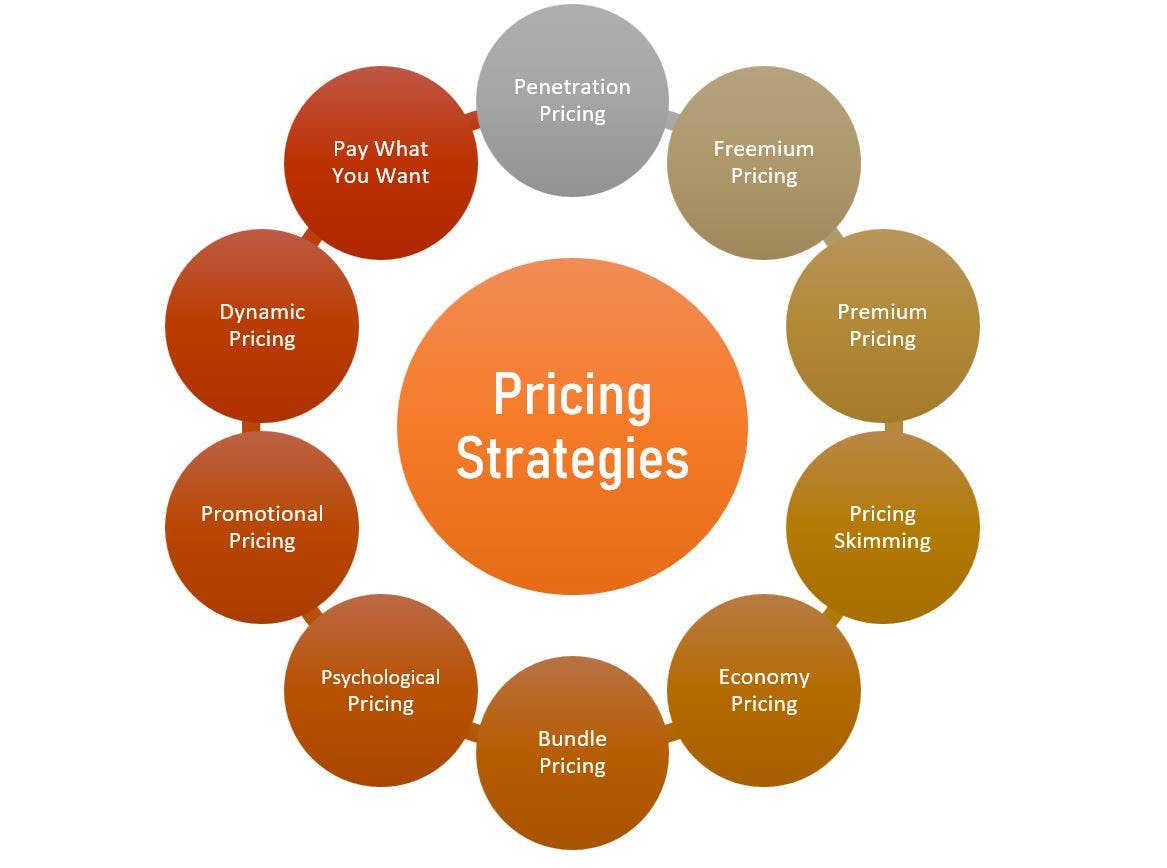Optimize Profits With Proven Prices Strategy Strategies
Methods such as value-based pricing, vibrant rates, and comprehensive market evaluation can dramatically improve a company's economic performance. Recognizing consumer understanding and leveraging information analytics for agile prices modifications are crucial elements of this strategy.
Recognizing Customer Understanding
Understanding customer assumption is crucial for creating efficient rates techniques. It influences just how consumers assess an item's value, top quality, and overall good looks. Organizations must acknowledge that clients typically base their readiness to pay not entirely on the item's innate attributes yet also on emotional elements, including brand name credibility, social standing, and perceived deficiency.

Additionally, firms must consider the duty of prices psychology, such as beauty pricing or price anchoring, which can substantially impact client behavior. Understanding these assumptions enables companies to mount their prices methods in a manner that straightens with consumer expectations while making best use of earnings.
Integrating customer assumption into rates methods not just help in setting competitive rates however likewise fosters brand name commitment, as consumers really feel comprehended and valued. Eventually, a nuanced understanding of client understanding can result in lasting profits growth and enhanced market positioning.
Analyzing Market Trends
To create a reliable rates technique, evaluating market fads is crucial for businesses wanting to remain competitive. Comprehending the characteristics of market variations allows companies to make informed decisions regarding prices modifications, product launches, and resource allowance - Pricing Strategy. By checking consumer habits, economic indicators, and industry developments, businesses can determine patterns that educate their prices structures
Trick components to consider when examining market fads include demand elasticity, seasonal changes, and arising modern technologies. Need elasticity assists organizations gauge how price changes may impact consumer investing in choices. Seasonal trends can give understandings right into ideal rates throughout top and off-peak durations, permitting calculated discounting or marketing pricing. Furthermore, watching on technical innovations can assist identify prospective dangers or chances that might affect rates strategies.
Making use of data analytics tools can boost the precision of fad analysis, providing important understandings that help with agile decision-making. Companies must also consider performing regular marketing research to confirm presumptions and adjust to evolving customer choices. By leveraging these insights, companies can not just enhance their prices approaches yet also reinforce their overall market setting, making sure long-lasting productivity and development.
Affordable Pricing Techniques
An affordable pricing approach is important for organizations intending to gain an edge in a congested marketplace. By analyzing competitors' prices frameworks and market positioning, companies can strategically set their costs to bring in clients while maintaining success. This approach requires a complete understanding of both the affordable landscape and consumer perceptions of value.
One efficient technique is rate matching, where a company offers to match or beat a rival's price. This strategy can boost consumer commitment and urge sales, specifically in price-sensitive markets. Furthermore, infiltration rates can be employed to capture market share Related Site by originally establishing costs less than competitors, attracting clients to try the product and cultivating brand recognition.
Moreover, services can execute psychological rates approaches, such as prices products simply below a round number (e.g., $9.99 rather than $10 - Pricing Strategy.00) This can develop the understanding of a far better deal, influencing consumer behavior
Ultimately, a successful affordable pricing strategy balances the requirement to continue to be appealing to clients while guaranteeing that the pricing design aligns with the company's general objectives. Regularly reviewing and readjusting rates in action to market shifts and competitor activities is essential for continual success.
Value-Based Pricing Strategies
Value-based pricing techniques concentrate on setting prices mostly based on the viewed worth of a product and services to the consumer, instead of solely on manufacturing expenses or rival rates. This method requires a deep understanding of customer requirements, preferences, and the special benefits that the service or product deals. By determining the specific value motorists that resonate with clients, organizations can produce rates approaches that reflect the true worth of their offerings.
To execute value-based rates efficiently, firms should participate in detailed market research study, including client studies and focus groups, to gather understandings right into consumer perceptions. Furthermore, businesses must segment their client base to tailor rates methods that line up with various worth perceptions across segments.
Communication plays a critical function in value-based pricing; business must express the distinct worth recommendation plainly to warrant the price factor. In addition, ongoing examination and modification are crucial, as customer perceptions of value may move great site gradually because of market characteristics or affordable activities. By prioritizing value in prices methods, companies can boost client satisfaction, enhance commitment, and ultimately enhance revenue.
Dynamic Pricing Models

Dynamic rates leverages innovative formulas and information analytics to check rival rates, client actions, and inventory degrees. By dynamically readjusting costs, companies can maximize income, take full advantage of profit margins, and react promptly to changes in the market. For example, airline companies typically use this version to readjust ticket prices based upon aspects like remaining seats, time up until separation, and competitor rates.
However, the application of dynamic prices have to be come close to with caution. Clear communication with consumers is vital to preserve trust and prevent perceptions of unreasonable pricing techniques. In addition, businesses ought to ensure that their rates algorithms are not extremely complicated or nontransparent, as this can cause customer discontentment.
Ultimately, when implemented thoughtfully, vibrant pricing designs can provide businesses with a considerable competitive advantage, enabling them to take advantage of on market opportunities while dealing with client assumptions in a swiftly changing economic landscape.
Final Thought

Strategies such as value-based pricing, vibrant pricing, and thorough market evaluation can considerably boost a firm's financial performance. Seasonal fads can provide insights right into optimum pricing during peak and off-peak periods, enabling for calculated discounting or promotional prices.Dynamic prices leverages innovative formulas and data analytics to keep track of rival pricing, customer behavior, and supply degrees. By recognizing consumer assumption, analyzing market trends, and using affordable pricing methods, organizations can effectively align their prices with customer expectations. Furthermore, value-based pricing and dynamic pricing models allow organizations to respond agilely to market changes.